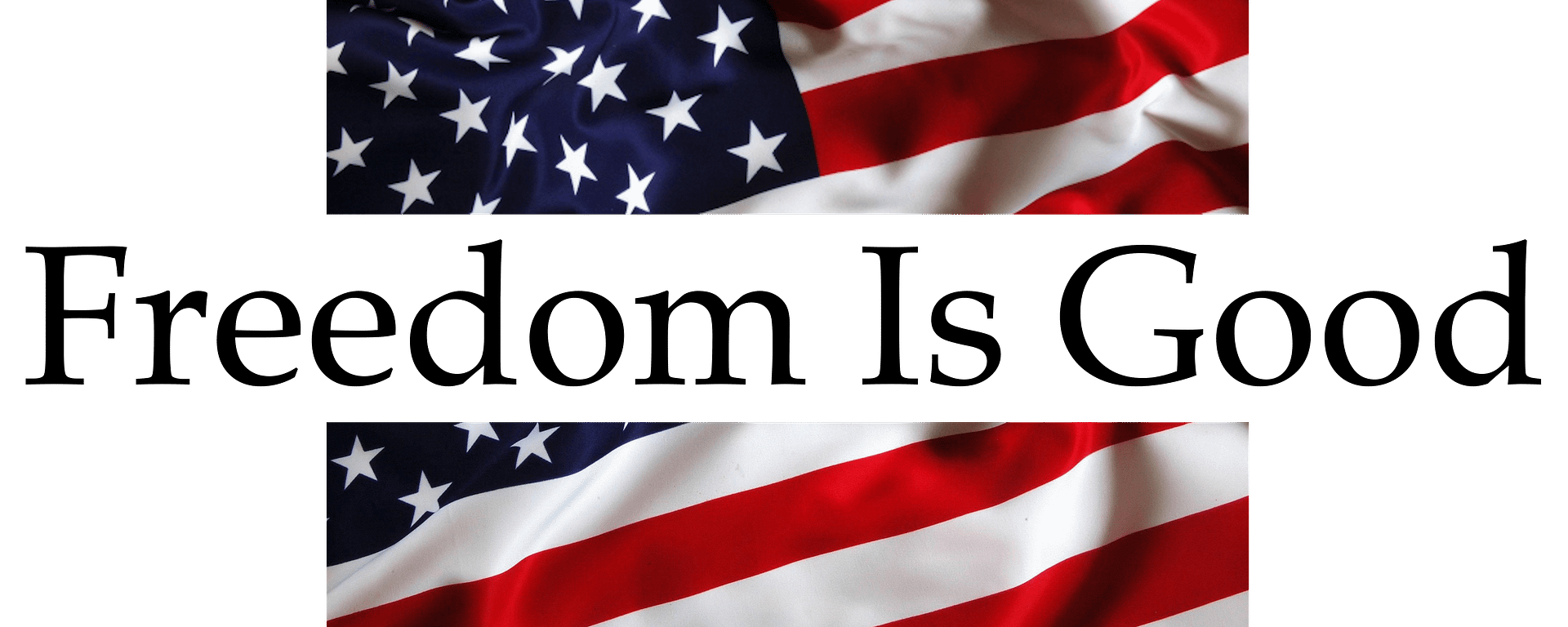The Hidden Cost of Mental Health Parity
The Hidden Cost of Mental Health Parity
by Randall Bock at Brownstone Institute

Washington is locked in another shutdown standoff over two Democrat demands Republicans will not accept: continued Affordable Care Act subsidies and (separately but related) federal healthcare benefits for illegal immigrants. Those fights are real, but they miss the larger cost driver. ACA subsidies alone amount to only about half of what the nation would save if we returned to pre-1990 levels of mental health insurance coverage.

What changed wasn’t compassion; it was policy. Mental health parity, passed in 1996 as the Mental Health Parity Act (MHPA), and expanded in 2008 as the (ponderously politically prosaic) Paul Wellstone and Pete Domenici Mental Health Parity and Addiction Equity Act (MHPAEA), compels insurers to cover mental and substance-use disorders as they do heart disease or diabetes.
But pause on that word, parity. We never needed a law to force hospitals to treat heart attacks, strokes, brain bleeds, broken bones, or pneumonia. Those are acute, visible, life-threatening conditions. No insurer needs moral guidance to approve care for someone bloody or beaten on the pavement. PARITY became reality with (first academia’s, then government’s) redefining struggle as disease; deciding that anxiety, ADHD, addiction, or vague “mood disorders” must be treated (and reimbursed) like myocardial infarction.
Even acknowledging addiction can ruin lives, the way Washington chooses to “fix” things rarely resembles careful repair, but rather a combination of how Mr. Bean might “fix” an item: heavy-handedly, and misapplied – and a gambler might “fix” a race, so the right insiders walk away with the winnings. Government itself has no profit motive, but its operatives do: through campaign donations, consulting contracts, kickbacks, and bureaucratic expansion.

“Parity” sounds humane. In practice, it has medicalized ordinary hardship, incentivized lifelong dependency, and built an industry that never has to cure anything. Who wouldn’t want schizophrenia treated seriously? But the mandate sprawled far beyond severe illness. ADHD, anxiety, autism, addiction – once handled by family, faith, or personal resilience (hand-in-hand with mental health institutions, and more severe social stigmas and legal codes) – became permanent billable conditions.
Proportional with youth, it may be harder to imagine now, but before parity and the therapy economy, Americans endured grief, fear, war, and uncertainty without a medical file to climb into. Families were intact. Churches were full. Children more often grew up with both parents. There was silence and stoicism– but also resilience. We did not treat every sadness or quirk as a lifetime disorder requiring weekly appointments.
The result: an estimated $250 billion in added annual costs over 1990 baselines. The ACA didn’t create this; it entrenched it behind federal transfers. We now have a system too expensive to sustain and too sacred to reform – “affordable” only by branding.
The Diagnosis Boom
Parity turned ordinary struggles into billable codes. Consider a familiar pattern: a worried mother, a restless child, a school evaluation – and suddenly ADHD, amphetamines, therapy sessions, an IEP, maybe SSI checks. Relief, but also dependency – paid by taxpayers at every level.
Autism followed the same path, as delineated in “Unraveling Autism’s Surge.” Diagnoses in California climbed from a few hundred in the 1980s to over 200,000 today – quadrupling since 2011. This isn’t just “awareness.” Under the Individuals with Disabilities Education Act (IDEA), schools receive an extra $13,000 per child with an autism label on top of baseline spending. National special-education costs hit $39 billion in 2020. SSI payments for autism rose 154% between 2004 and 2014.

Addiction was recast, too. In my “Methadone Maintenance Ignited America’s Opioid Crisis,” I describe the methadone model: medicalize, stabilize, monetize. Addiction became a chronic illness, not a detour; “recovery” implied “maintenance,” not “sobriety.” With Parity, narcotic addiction numbers doubled. The unseen, prior (1970s) cause of the opioid epidemic goes hand-in-glove: medicalizing narcotic addiction as a “disease” with the “cure” of maintenance narcotics, e.g., methadone.


The Vietnam Myth
The justification for this system rests partly on a myth. Policymakers claimed Vietnam produced a generation of heroin-addicted veterans requiring lifelong treatment. But psychologist Lee Robins’ 1974 study found otherwise: 34% used heroin in Vietnam, 20% met dependence criteria – but only 1% remained addicted after coming home. They recovered through work, marriage, responsibility – not clinics. Washington ignored the resilience and funded methadone clinics massively anyway.

The Chiropractic Parallel
We’ve seen this before. No-fault auto insurance in the 1970s required insurers to pay for accident injuries without litigation. Chiropractors multiplied.

The industry ballooned from under $1 billion in the early 1980s to $15 billion by 2022. When states set a $2,000 medical-expense threshold to deter fraud, providers simply scheduled daily treatments to reach it.
In my own walk-in clinic, I’d see post-accident patients once or twice; chiropractors saw them daily until the Personal Injury Protection coverage was gone. Attorneys told patients not to return to me. Recovery slowed because suffering paid.
Parity has done the same for mental health: therapy without exit, diagnoses without end.
A Way Out
Parity’s intentions were compassionate. Its effects are corrosive. The answer is not cruelty but correction: fund recovery, not lifelong maintenance; support communities, not bureaucracies; reward healing, not helplessness. Addiction is a detour, not a destiny. Autism is sometimes a disability, sometimes a difference – not always a life sentence. True parity means parity of opportunity to recover, not guaranteed income for being unwell.
As Washington argues over ACA subsidies, it should face what truly drives the cost curve: a system that turned suffering into a business model.
Republished from the author’s Substack
The Hidden Cost of Mental Health Parity
by Randall Bock at Brownstone Institute – Daily Economics, Policy, Public Health, Society
